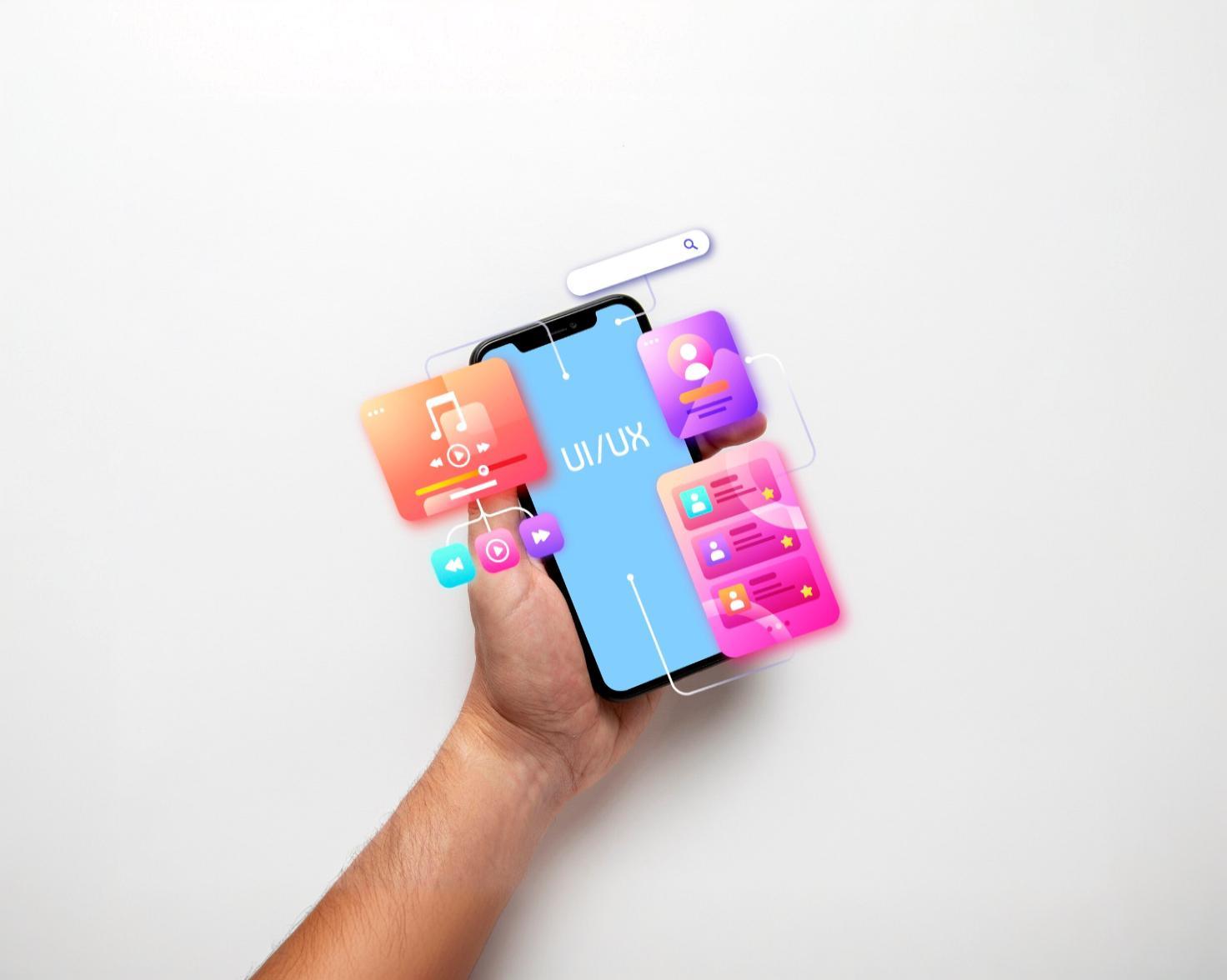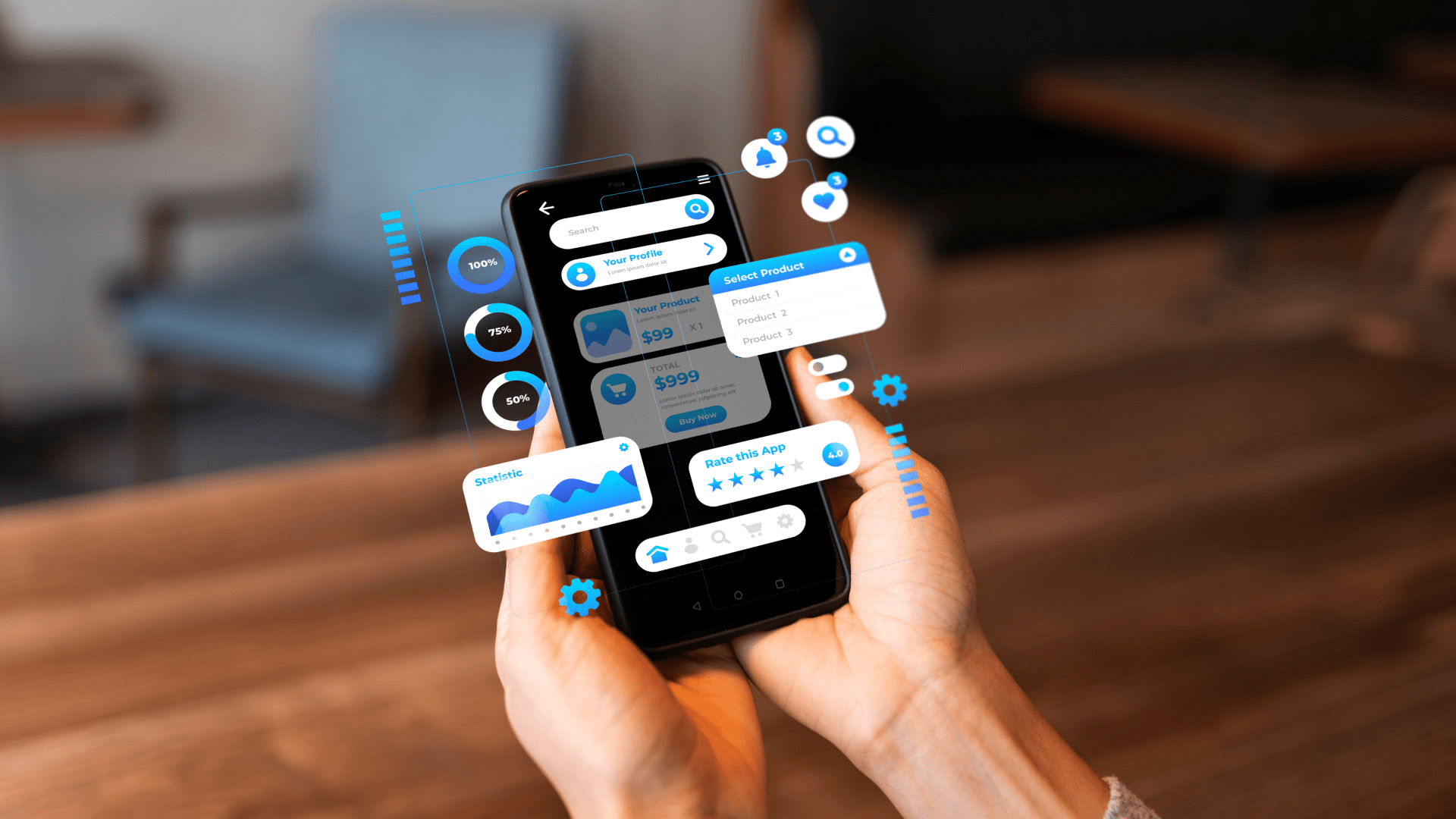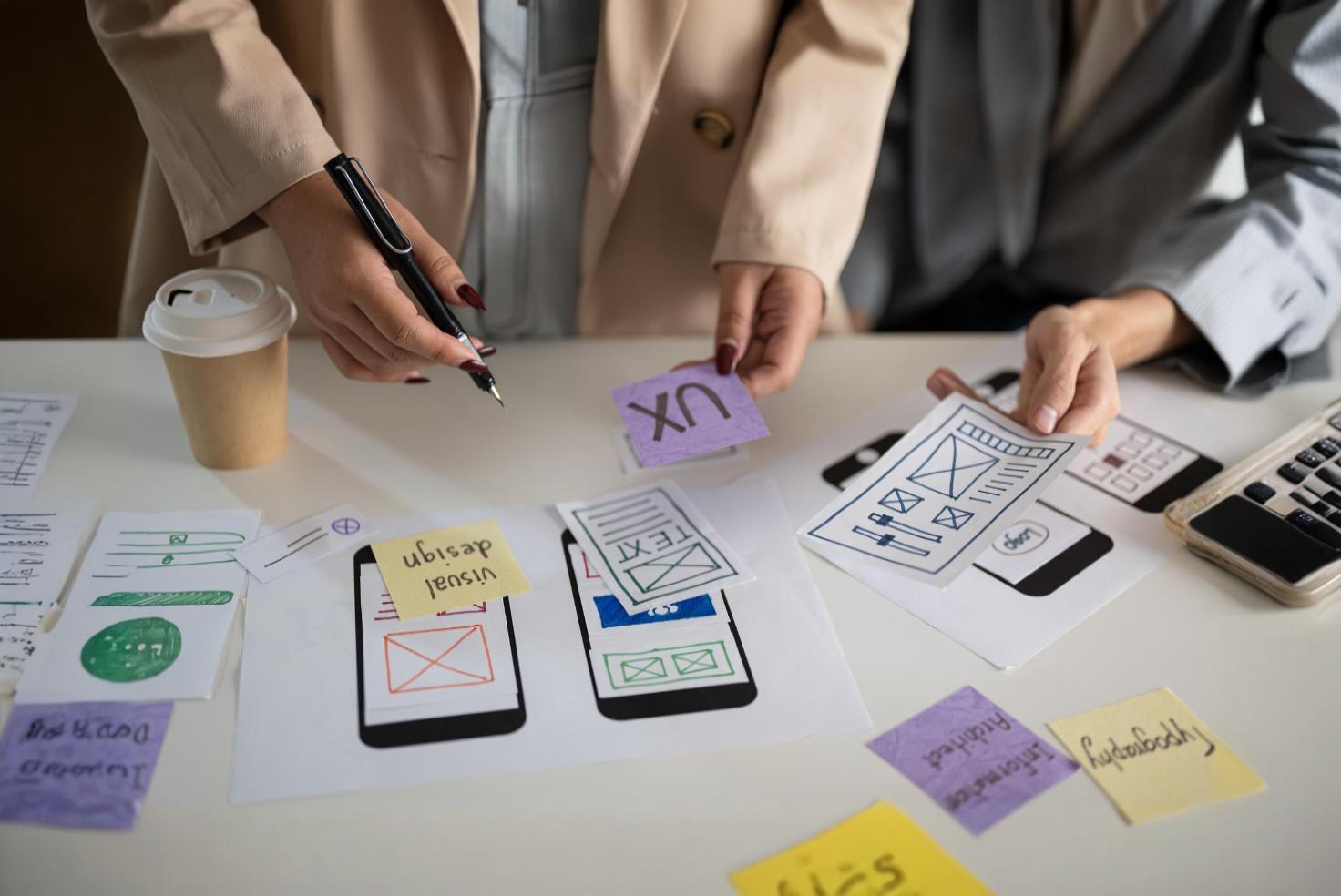Why Is Emotional Design Important?
Emotions drive decisions. This fundamental truth lies at the core of emotional design. While logic influences our thinking, emotions dictate our behavior. In UX, this means that even the most functionally sound product will fall short if it doesn’t connect emotionally with its users.
4 Reasons Why Emotional Design is Critical
1. First Impressions Are Emotional
Research indicates it only takes under 0.05 seconds for users to have an opinion about your site. That choice is made almost solely on emotional indications—visual beauty, color schemes, animations, voice tone, and micro-interactions.
2. Connection Fosters Loyalty
When people enjoy, feel satisfied, or experience empathy during an interaction, they are more likely to return. Emotional connection creates stronger bonds, resulting in greater retention and brand loyalty.
3. Differentiation in a Crowded Market
Emotionally valuable products differentiate. When others catch up to you in terms of functionality, your emotional UX can be your differentiator.
4. Human-Centered Design = Business Success
Empathy-led design brands report improved customer satisfaction metrics, increased conversion rates, and increased engagement metrics. Emotional design does not eliminate usability—it supports it by making experiences more intuitive and memorable.
3 Best Case Studies of Emotional UX Design in Action
Let’s examine how top companies have incorporated emotional intelligence into their UX to enhance user satisfaction and boost their brand value.
1. Apple – Delight Through Minimalism and Surprise
Apple’s MoD has been the industry leader in emotionally engaging design for the longest time. From iOS’s silky animations to the seamless Apple Watch haptic feedback, MoD by Apple makes users experience the sophistication and refinement of the brand.
Emotional Tactics:
- Simplification decreases cognitive burden, evoking serenity and clarity.
- Micro-interactions such as button press feedback or seamless transitions fill with joy.
- Setup and packaging experiences are emotionally rich, making users special.
Result:
Apple’s emotional design creates unparalleled loyalty. Individuals form strong bonds with their devices, resulting in one of the world’s highest brand equity scores.
2. Duolingo – Gamification and Personality-Based Motivation
Learning a language can be challenging. Duolingo makes it a game, integrating intelligent, emotional design to keep people coming back every day.
Emotional Tactics:
- Gamified rewards (badges, points, streaks) engage intrinsic motivation.
- Friendly mascot “Duo” gives playful, lighthearted prods that lower tension and increase engagement.
- Positive reinforcement in entertaining animations makes the user feel successful.
Result:
With more than 500 million downloads, Duolingo is the world’s most popular language learning app—not only because it teaches effectively but because it is a pleasure to use.
3. Airbnb – Building Trust Through Empathy and Storytelling
Airbnb’s biggest challenge was to make users stay in strangers’ homes. Its emotional UX design addressed this fear with empathy, trust signals, and Storytelling.
Emotional Strategies:
- Photos and reviews alleviate uncertainty and establish trust.
- Storytelling in neighborhood descriptions and host bios creates attachment.
- A clean, inviting interface conveys a sense of comfort and security.
Outcome:
Airbnb’s emotionally focused design enabled it to become an international hospitality disruptor. The emotional security offered by the platform is the main driver of the trust users have in it.
Wrap Up:
Emotionally Intelligent Design is the Future
We now exist in an experience economy. Users recall not what your product did but how it made them feel. Emotional UX design is no longer a choice—it’s critical to stay competitive, engage with users on a meaningful level, and develop enduring brand value.
Designing with emotion does not compromise on usability. In fact, it enriches it—by making experiences not just effective but also humane. When you engage with emotion, you go from being just another digital product to becoming an intimate part of someone’s daily routine.
Ready to Design With Emotion? Team up with Digitraly
At Digitraly, we don’t only create apps and interfaces—we craft experiences that resonate. We have a team of UX strategists, designers, and digital architects who specialize in developing emotionally intelligent designs that amplify user satisfaction and brand perception.
If you’re developing a new digital product or redesigning an existing one, we help you connect more deeply with your users—transforming mundane interactions into exceptional experiences.
Let’s create an emotion-led design that elevates your brand.
Connect with Digitraly today and take your UX to the next level.



